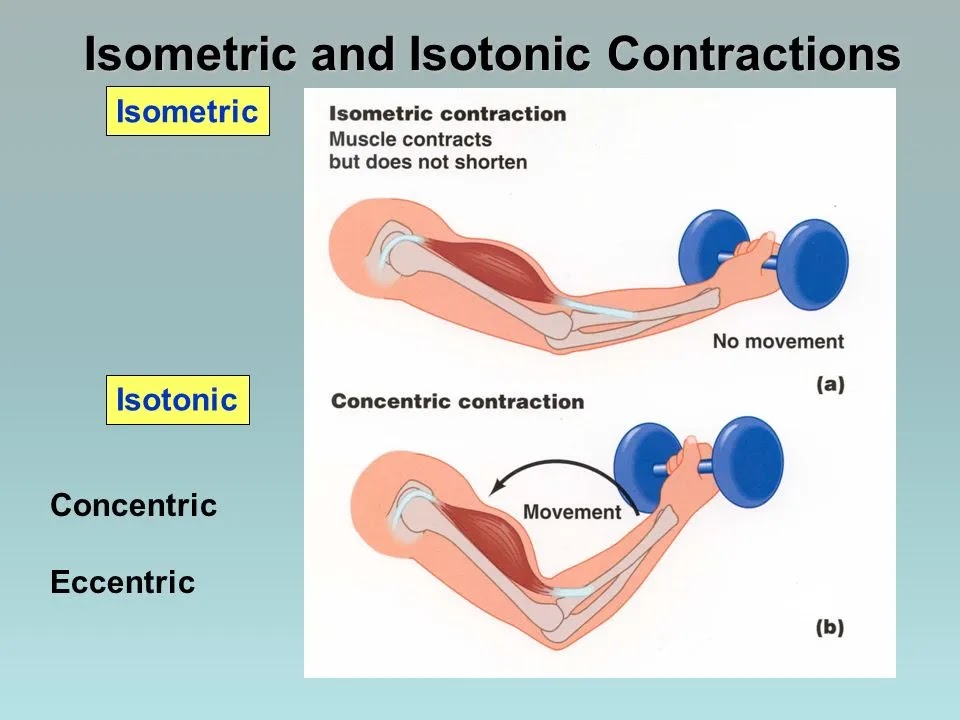Introduction
Strength training is an essential part of fitness, but did you know that not all exercises work your muscles in the same way? There are two main categories of strength training: isotonic and isometric exercises. Understanding their differences can help you optimize your workouts for better strength, endurance, and muscle growth.
Two Categories of Muscle Strengthening Exercises
Strength training is divided into isotonic and isometric exercises. Both forms improve muscular strength, but they engage muscles differently.
Isotonic Exercise
Isotonic exercises involve movement where the muscle length changes while contracting. These exercises improve muscular endurance, strength, and coordination.
Isotonic Exercise Examples
- Squats: A classic lower-body isotonic movement.
- Push-ups: Engages the chest, shoulders, and triceps.
- Bicep Curls: A staple for arm muscle growth.
- Bench Press: A compound movement for upper body strength.
Isometric Exercise
Isometric exercises involve muscle contraction without movement. They help build strength without straining the joints.
Isometric Exercise Examples
- Planks: A core-strengthening exercise.
- Wall Sits: Great for building leg endurance.
- Glute Bridges: Strengthens the lower back and glutes.
Isometric vs. Isotonic Exercises
While both forms of exercises enhance strength, isotonic exercises involve movement, whereas isometric exercises focus on static holds.
FAQs
What is an example of an isotonic exercise?
Squats and push-ups are great examples of isotonic exercises.
What are the benefits of isometric exercises?
Isometric exercises improve muscle endurance and strengthen joints.
How do isotonic exercises benefit athletes?
They enhance strength, flexibility, and coordination, which are vital for sports performance.
Conclusion
Understanding the difference between isotonic and isometric exercises can help you design a well-rounded fitness routine. By incorporating both types of exercises, you can achieve optimal muscle growth, endurance, and strength.

